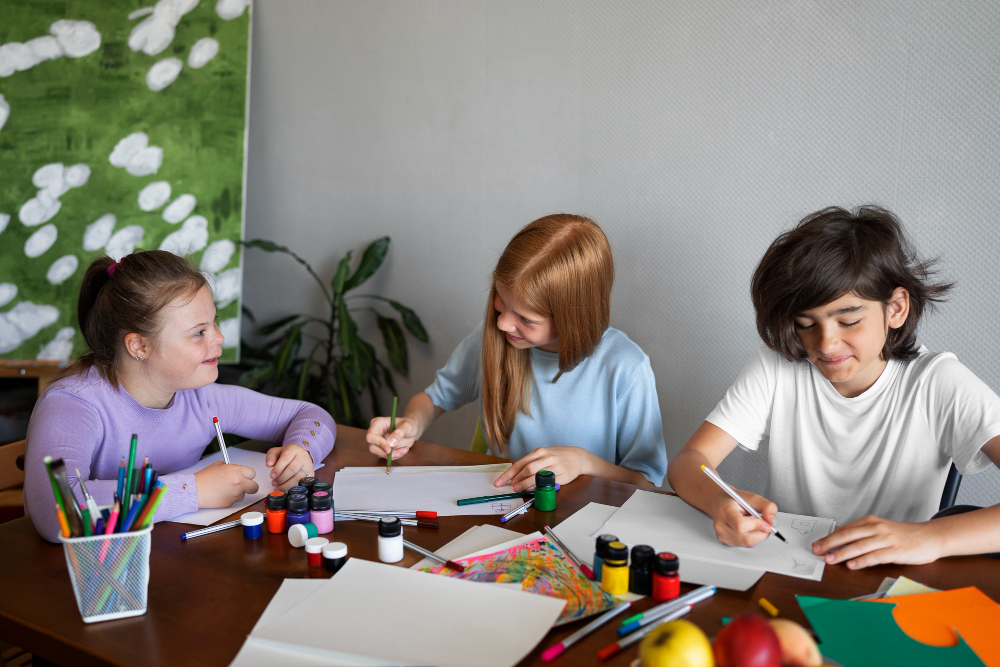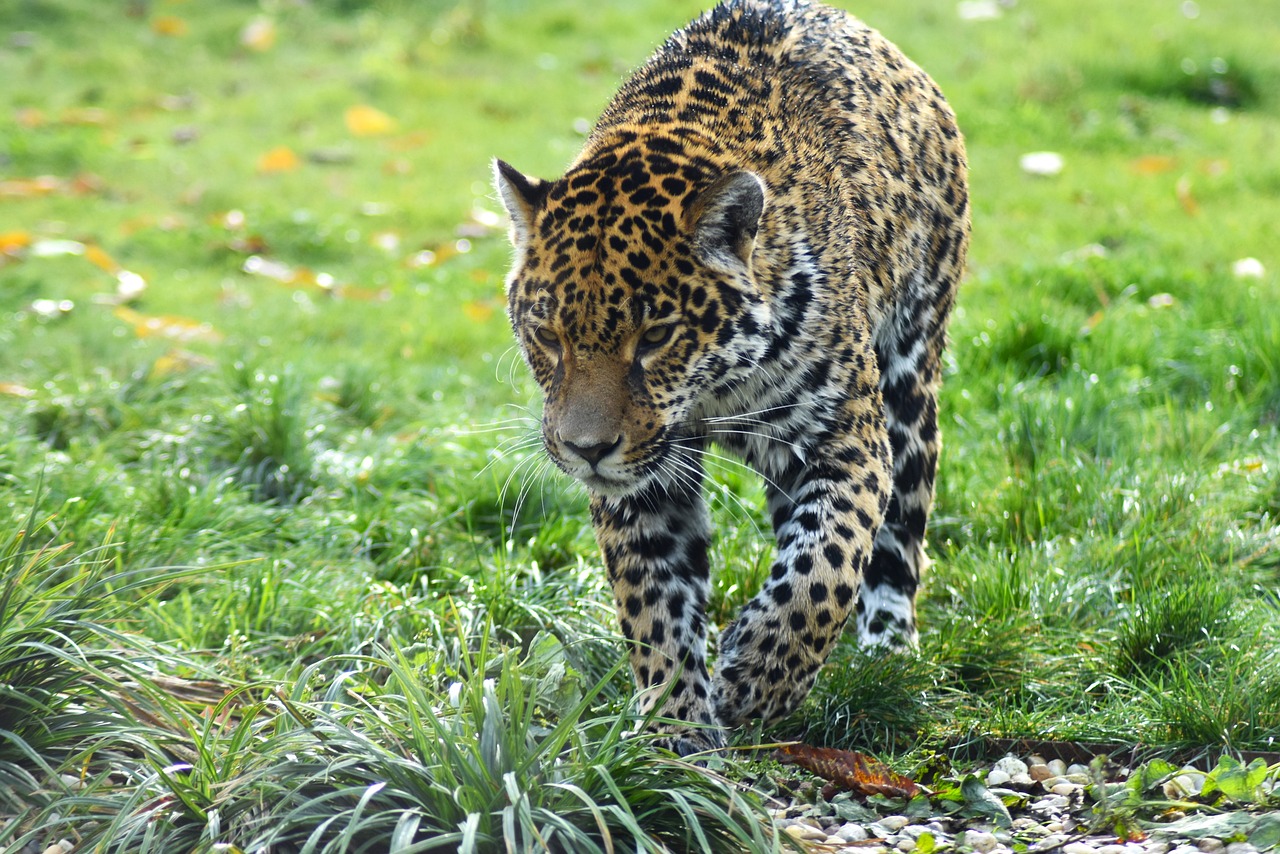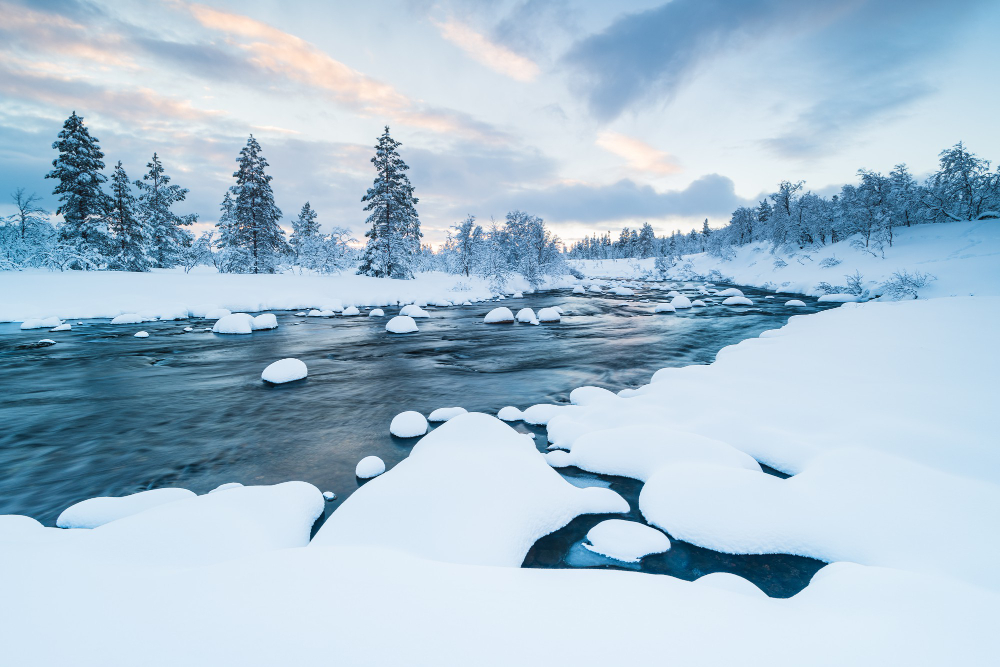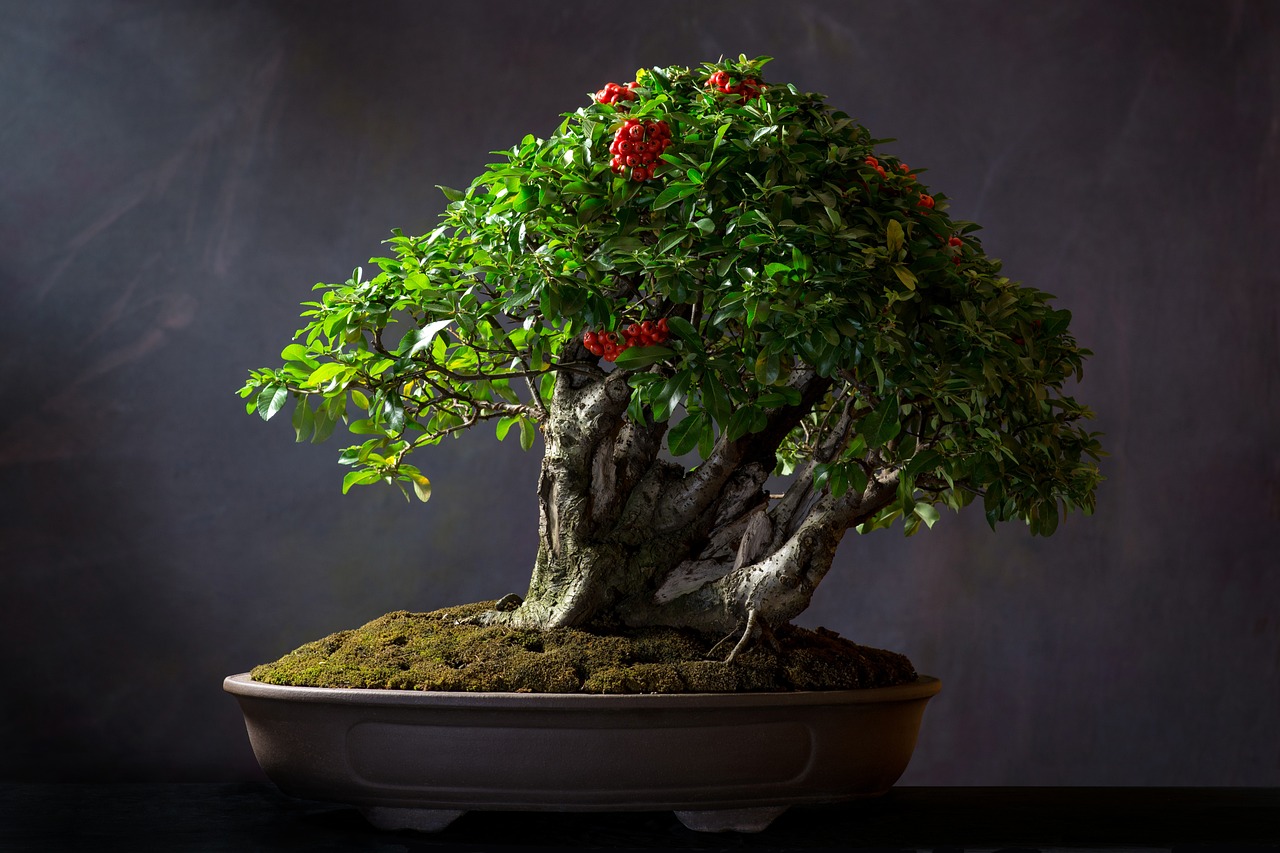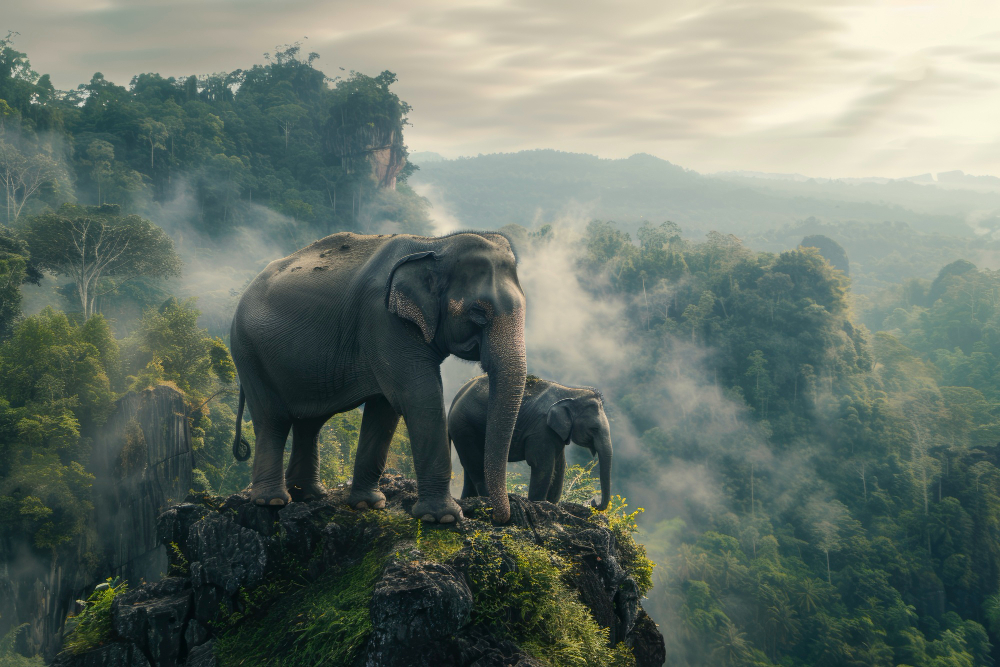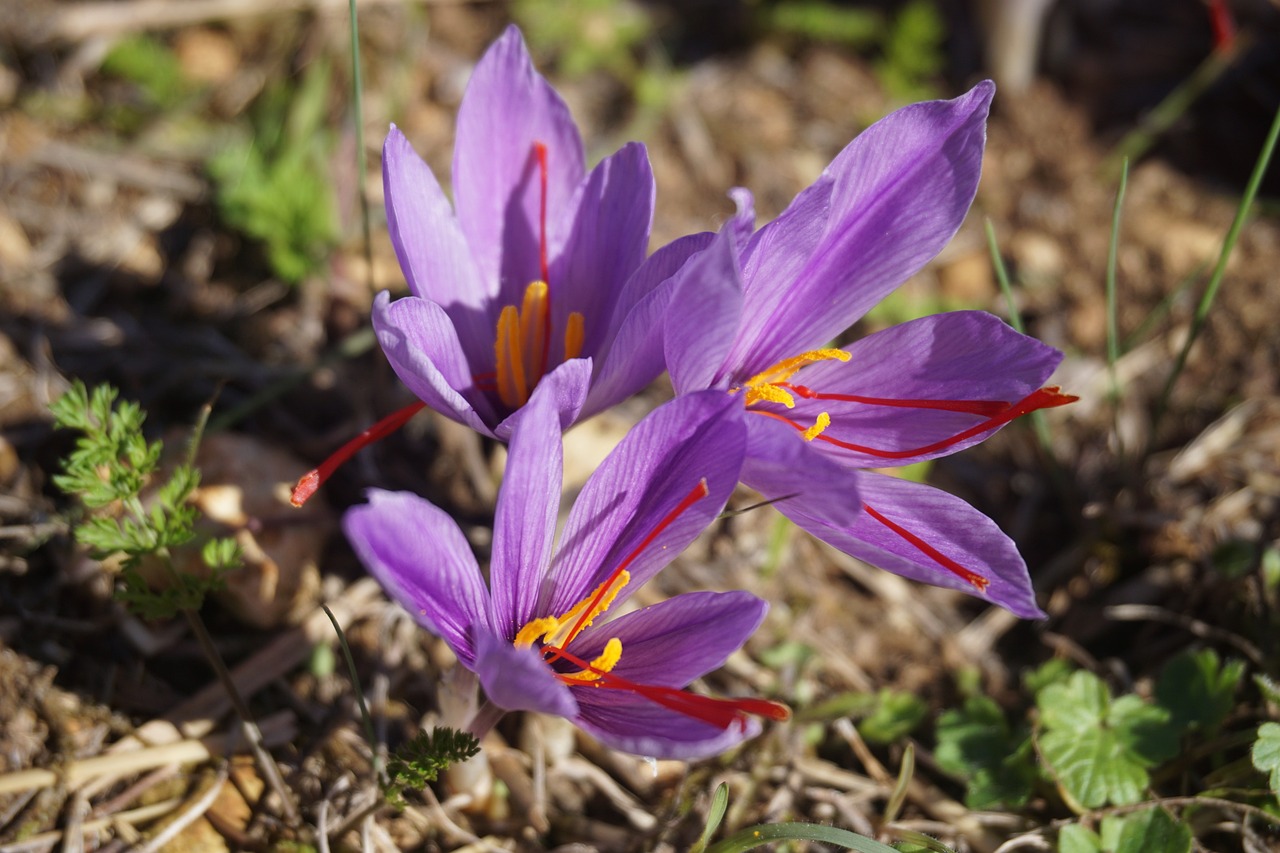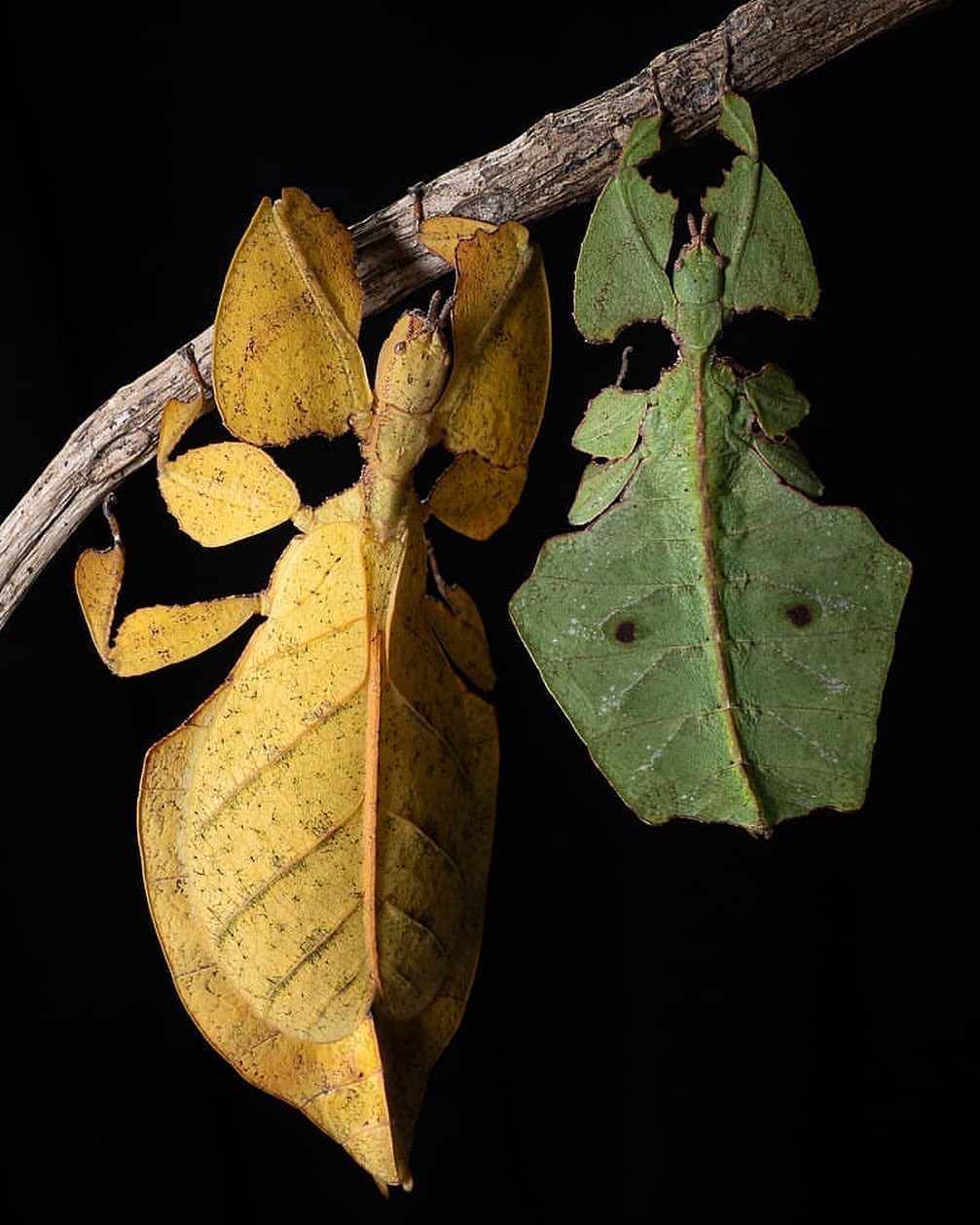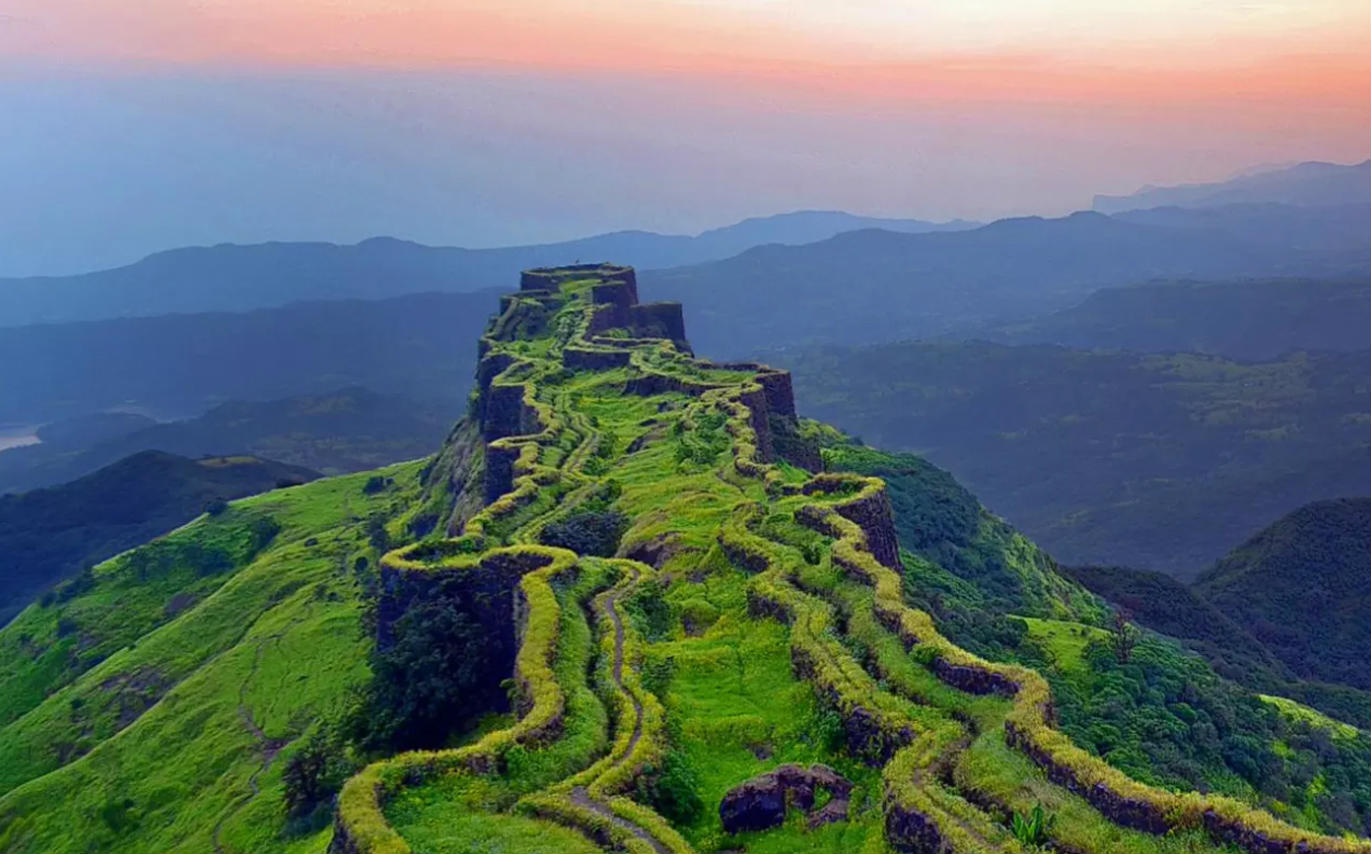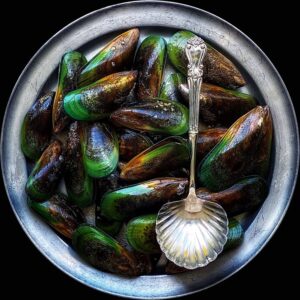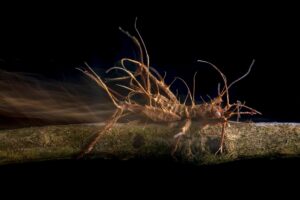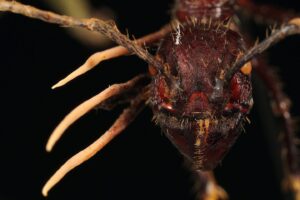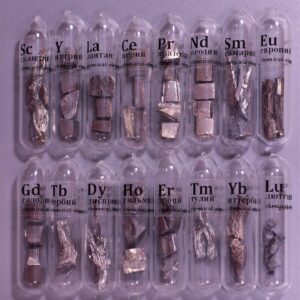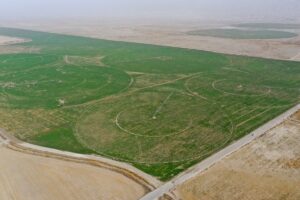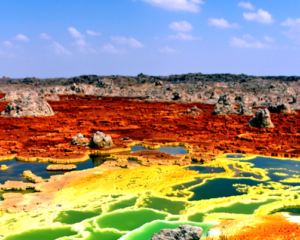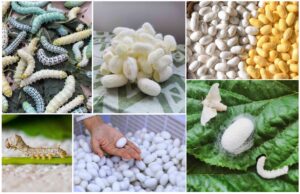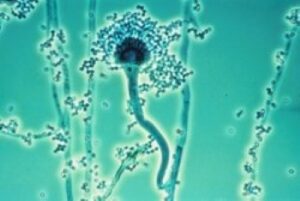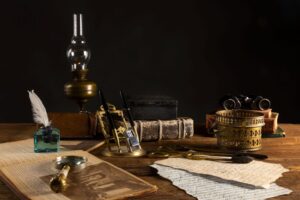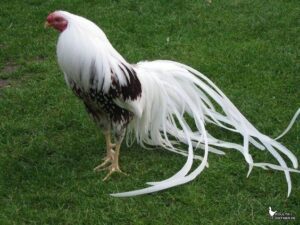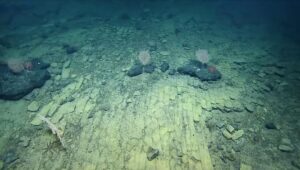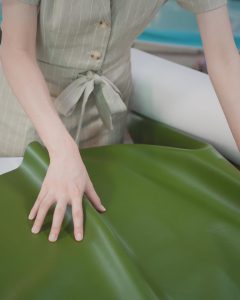 Pin
Pin Photo courtesy of Soul Fashion
“Begin at the beginning,” the saying goes, but with vegan leather, the beginning twists and turns through gardens, factories, and forests in the most unexpected ways. You hold a bag, smooth and supple, and wonder what sort of alchemy transformed ordinary things into this leather-like companion. The answer, dear reader, isn’t found in a single place or a simple recipe. It lives in multiple worlds at once, rather like existing in two states of being, where science meets nature and innovation dances with necessity.
“Not leather, yet leather-like,
Not hide, yet holds your things,
A riddle wrapped in texture soft,
Made from the strangest springs.”
What is vegan leather made of? This question opens doors to rooms you didn’t know existed. Some materials come from ancient petroleum sleeping deep beneath the earth, transformed through heat and pressure into something your grandmother might have called “pleather” with a knowing smile. Others spring from living things that grow in sunshine and rain, carrying the memory of their origins in every fiber. The beauty lies not in choosing sides between old and new, but in understanding that each material tells its own peculiar story, complete with heroes, villains, and surprising plot twists that would make any tale-spinner envious.
Table of Contents
1. The Plastic Pretenders (PVC and PU)
“Curiouser and curiouser,” you might say upon learning that the most common vegan leathers aren’t born from seeds or soil at all. They emerge from petroleum, that ancient liquid dinosaur dream buried in Earth’s belly for millions of years. PVC, which stands for polyvinyl chloride, arrives through a chemical transformation that would make any potion-master proud. Take ethylene from petroleum, add chlorine from salt, mix them with heat and catalysts, and watch them polymerize into long chains of plastic molecules. Then coat this onto fabric backing, emboss it with leather-like patterns, and suddenly you have material that looks remarkably like animal hide but costs far less and never once troubled a cow.
“As a wise merchant once observed, ‘The best substitute is the one that makes you forget what you’re substituting.'”
PU leather, or polyurethane, plays a similar trick but with slightly better manners. It feels softer, breathes a bit more freely, and doesn’t release quite as many concerning chemicals into the world. The process begins similarly, with petroleum-derived ingredients, but the polymer structure arranges itself differently, creating a material that can be more flexible and less rigid than its PVC cousin. Both have been clothing humans in faux-luxury since the mid-twentieth century, when scientists discovered they could make plastic look like almost anything. The irony, of course, is that while these materials spare animal lives, they bring their own peculiar problems to the party, much like solving one riddle only to find three more waiting behind it.
2. The Pineapple's Secret Crown
High in tropical fields where sunlight pours like honey, pineapples grow their spiky crowns with absolutely no idea they’re about to become handbags. The leaves, those long green blades that farmers once burned or left to rot after harvest, contain fibers stronger than they look. Piñatex, as this material came to be called, begins when workers collect these discarded leaves and extract the cellulose fibers through a process called decortication, which sounds rather fancy but simply means separating the useful threads from the pulp. These fibers then undergo washing, drying, and a peculiar kind of felting process where they’re pressed together with a corn-based polylactic acid to create sheets of material that feel surprisingly leather-like.
“In waste, we find wealth,” wrote a philosopher who clearly understood that one creature’s leftover is another’s treasure.
The beautiful peculiarity of pineapple leather lies in its origin story. Nobody plants pineapples specifically for their leaves; the fruit remains the star of the show, and the leaves simply hitch a ride into usefulness rather than disappearing into compost heaps. This means the material carries almost no environmental guilt about land use or water consumption beyond what the pineapple already demanded. The texture emerges soft yet structured, holding patterns embossed upon its surface like memories pressed into sand. Of course, the fibers alone wouldn’t create a waterproof, durable material, so they receive a coating, often petroleum-based, which brings us back to that recurring riddle: how do we escape plastic entirely when it solves so many practical problems?
3. Mushrooms Growing Underground Kingdoms
Beneath the forest floor, in darkness thick as velvet, mushrooms send out threads called mycelium that weave through soil like nature’s own internet. These threadlike structures, finer than human hair, branch and connect and communicate in ways scientists are only beginning to understand. Now here’s where the tale turns peculiar: certain clever minds realized these mycelial networks could be grown on agricultural waste like sawdust or corn stalks, fed and nurtured in controlled environments, and harvested within weeks to create a material that feels uncannily like leather. The mycelium naturally binds itself together as it grows, creating a dense mat that can be processed, dried, and finished into sheets with texture and flexibility that rival animal hide.
“The fungus knows secrets the forest keeps,
Threading through darkness where mystery sleeps,
In its silent growing, a leather appears,
Born not from violence, but from patient years.”
What makes mycelium leather particularly enchanting is how it grows itself into shape, requiring far less energy and chemical intervention than plastic alternatives. Companies cultivate it in trays, rather like growing a very specialized crop, and the whole process from spore to finished material takes mere weeks instead of the months or years required for raising livestock. We’re not making leather,” one researcher noted, “we’re growing it, which changes everything about the equation.” The resulting material biodegrades when its useful life ends, returning to earth instead of lingering in landfills for centuries. Though it currently costs more than conventional options and requires protective coatings for water resistance, mycelium leather hints at a future where materials grow themselves rather than being forced into existence through industrial might.
4. Cactus Leaves Turning into Texture
In the deserts of Mexico, where the sun beats down like a relentless drummer and water becomes precious as gold, the nopal cactus grows thick and stubborn. These paddle-shaped plants, covered in spines that guard their moisture jealously, have fed people for centuries in tacos and salads. But two inventors looked at these green paddles and saw something else entirely: the possibility of leather without animals or petroleum. The process begins with mature cactus leaves, harvested carefully every few months without killing the plant itself, which continues growing new paddles in an endless cycle. These leaves get mashed into a pulp, and their natural fibers combine with non-toxic chemicals and a small amount of polyurethane to create sheets that dry in the sun, just as the cactus once did while living.
“What survives the desert knows the meaning of endurance,” an old saying goes, and cactus leather inherits this quality from its thorny parents.
The environmental mathematics of cactus leather tell an interesting story. Nopal cacti need almost no irrigation beyond rainfall, no pesticides to protect them from insects, and no fertilizers to encourage their growth because they thrive naturally in conditions that would kill most other crops. The organic farm where much of this material originates uses no artificial watering systems at all, letting the plants drink only what the sky provides. Within three days, the processed cactus becomes a flexible, durable material that can last a decade or more in products like shoes, bags, and furniture upholstery. The texture carries a slight grain, reminiscent of animal leather but with its own distinctive character, as though the cactus whispered its desert memories into every fiber. Biodegradability remains partial, however, since the material still contains that troublesome polyurethane binder, reminding us that perfect solutions remain elusive as morning mist.
5. Apple Peels Finding Second Lives
In orchards where apples blush red and yellow, hanging heavy on branches like nature’s ornaments, the harvest brings not just fruit for pies and cider but also mountains of waste that once seemed destined for nothing but compost bins. The peels, cores, and bruised apples rejected by the food industry add up to tons upon tons of discarded material each year. Then someone asked a very curious question: what if we could transform this apple waste into something useful and beautiful? The answer emerged through a process that sounds almost like kitchen alchemy. The apple remnants get mashed and processed to extract their natural fibers and compounds, then mixed with polyurethane and other binding agents before being spread onto backing material and dried into sheets that carry the suppleness of traditional leather.
“From core to couture, the apple travels,
Its purpose shifts, its story unravels,
What fed the worm now clothes the human form,
In transformation lies the norm.”
The charm of apple leather lies in its circular logic, turning what would be waste into something valuable without demanding additional crops or land. “We’re essentially upcycling garbage,” one manufacturer explained with evident delight, and there’s something deeply satisfying about that equation. The material arrives in various thicknesses and finishes, can be embossed with patterns, and dyed in colors that range from earthy browns to vibrant blues. It carries a faint fruity scent in its early days, though this fades with time like a memory that grows dimmer but never quite disappears. The environmental cost stays relatively low since the raw material would exist regardless, though the processing still requires energy and those ever-present plastic binders that haunt nearly every vegan leather story. Still, giving apple waste a second act as fashion material feels rather like turning water into wine, only backwards and involving significantly more industrial equipment.
6. Cork Trees Sharing Their Bark
In Mediterranean forests where ancient cork oak trees stand like wise guardians, a peculiar harvest happens every nine years that harms not a single tree. The bark, that thick protective layer that shields the tree from fire and insects, can be carefully stripped away, and the tree simply grows it back again, like a lizard regrowing its tail but much, much slower. This renewable bark has stoppered wine bottles for centuries, but now it finds itself transformed into leather alternatives that carry the memory of those sun-drenched hillsides. The process begins with grinding the cork into tiny particles, then binding these particles together with water-based adhesives or natural latex from rubber trees, creating a flexible fabric that gets backed with cotton or other textiles for strength and stability.
“A tree once said to the harvester bold,
‘Take my coat, I’ll grow another before I’m old,
My bark returns like seasons do,
And in your hands, it becomes something new.'”
Cork leather possesses qualities that seem almost magical in their practicality. The material naturally repels water thanks to suberin, a waxy substance in cork cells that makes the bark waterproof even before processing. It resists stains with similar stubbornness, and unlike many alternatives, it’s naturally antimicrobial, which means bacteria struggle to colonize its surface. The texture feels soft yet substantial, with visible flecks and variations that tell you immediately this came from something that once lived and breathed. Weight becomes nearly negligible since cork contains millions of tiny air pockets, making bags and accessories surprisingly light. Best of all, when a cork leather product reaches the end of its useful life, it biodegrades completely, returning to soil without leaving plastic remnants behind for archaeologists to puzzle over centuries hence. The only drawback, if one must find fault, lies in limited availability since cork oaks grow primarily in Portugal, Spain, and a few other Mediterranean regions, and those nine-year harvest cycles mean supply can’t simply scale up overnight to meet growing demand.
7. Grape Leather from Wine Country
Where vineyards sprawl across rolling hills like green quilts stitched with wooden posts, grapes grow fat and purple under summer skies, destined for wine presses that will transform them into beverages that have loosened tongues and warmed hearts for millennia. But the winemaking process produces an enormous byproduct called pomace, which consists of all the skins, seeds, and stems left behind after the juice gets squeezed out. For every bottle of wine produced, roughly a quarter of the original grape weight becomes waste material. Then along came inventors who looked at these mountains of purple sludge and saw not garbage but opportunity. They developed a process to dry the grape waste, grind it into fine powder, and blend it with plant-based oils and polyurethane to create a flexible, leather-like material that carries within it the ghost of every vineyard where those grapes once ripened.
The grape gives twice,” a vintner might tell you over a glass of red, “first its juice for joy, then its skin for beauty, and both gifts come from the same blessed fruit.
Grape leather emerges with a distinctive character that sets it apart from other alternatives. The natural tannins present in grape skins, the very compounds that give red wine its color and astringency, lend the material inherent durability and a subtle resistance to bacterial growth. The color tends toward earthy browns and burgundies, though it can be dyed like most textiles, and the texture carries a soft grain reminiscent of fine suede. Production requires significantly less water than growing crops specifically for materials, since the grapes would be cultivated for wine regardless of whether their skins find a second purpose. The circular economy logic appeals to winemakers who once paid to dispose of pomace and now can sell it instead, turning a cost into revenue while reducing waste. Yet once again, that familiar challenge appears, the polyurethane binder that helps the grape particles adhere together but prevents complete biodegradability, like a beautiful song with one note slightly off-key that you can’t quite ignore once you notice it.
8. Coconut Water's Leftover Gift
In tropical places where coconut palms lean toward the ocean like dancers frozen mid-bow, the coconut industry churns through millions upon millions of these round, hairy fruits each year. The water inside gets bottled and sold as a trendy hydration drink, the white meat becomes food and oil, but the husk, that thick fibrous layer between the hard shell and the outer green skin, usually ends up burned or tossed aside like the answer to a question nobody asked. This husk contains coir, a remarkably strong natural fiber that humans have used for centuries in doormats and rope, but only recently has anyone thought to transform it into leather. The process involves extracting these fibers through a treatment that softens and separates them, then combining the processed coir with natural latex rubber tapped from trees and sometimes a small percentage of recycled plastic to create sheets that mimic leather’s flexibility and durability.
“What the tree discards, the clever collect,
Finding value where others see defect,
The husk that held the water sweet,
Now wraps around your dancing feet.”
Coconut leather carries an appealing sustainability story because it rescues waste from an existing industry rather than creating new agricultural demands. The coir fibers possess natural strength and resistance to saltwater and microbial decay, qualities the coconut evolved to protect its precious cargo while floating across oceans to distant shores. When woven and treated properly, this translates into a material that withstands wear surprisingly well, holding its shape and texture through years of use. The environmental cost stays relatively modest since coconut palms grow in regions with abundant rainfall, require little intervention once established, and produce fruit for seventy years or more, making them remarkably efficient at converting sunshine and rain into useful products. The finished material often retains a slightly rough, organic texture that some designers prize for its authenticity, though it can be sanded and treated to achieve smoother finishes when desired. As with so many of these plant-based alternatives, complete biodegradability remains just out of reach when synthetic binders enter the recipe, but the balance tips more favorably than petroleum-only options, like choosing the lesser of two riddles when both remain unsolved.
9. Kombucha's Leathery Skin
In kitchens and fermentation labs where sweet tea bubbles quietly in glass jars, a peculiar organism called SCOBY grows across the liquid’s surface like a living raft. SCOBY stands for “symbiotic culture of bacteria and yeast,” and if you’ve ever brewed kombucha or seen someone else do it, you know it forms that thick, slippery, somewhat alien-looking layer on top that most people discard after harvesting their probiotic drink. But this rubbery mat, composed of bacterial cellulose that the microorganisms secrete as they feed on sugar and tea, can be harvested, dried, and treated to create a material that resembles leather with surprising accuracy. The bacteria essentially weave their own fabric at the microscopic level, building sheets of interlocked cellulose fibers that emerge naturally waterproof, flexible, and remarkably strong for something grown in what amounts to a giant tea bath.
“The brew that heals the belly well,
Has secrets still left to tell,
Its skin of slime, when dried with care,
Becomes a leather fine and rare.”
What makes kombucha leather particularly enchanting is watching it literally grow into existence over the course of weeks, thickening day by day as the bacterial colony expands and weaves more cellulose into the mat. Small-scale producers can grow it in trays at room temperature using just tea, sugar, water, and the SCOBY culture, requiring no complex industrial equipment or harsh chemicals. The resulting material can be dyed using natural pigments, embossed with textures, or treated with waxes and oils to enhance its water resistance and durability. It biodegrades completely when composted since it consists entirely of bacterial cellulose with no synthetic binders required, returning to earth as cleanly as fallen leaves. The main limitation lies in scaling production to industrial levels, since growing bacterial cellulose remains slow compared to manufacturing plastic sheets, and achieving consistent thickness and quality across large batches requires patience that modern manufacturing schedules rarely accommodate. Still, for those willing to wait, kombucha leather offers a glimpse of how we might one day grow our materials rather than mining or harvesting them from unwilling sources.
10. Banana and Tea Leaf Fibers Woven Together
In regions where banana plants tower like green fountains and tea plantations carpet hillsides in emerald rows, agricultural waste piles up in quantities that stagger the mind. After bananas get harvested, farmers cut down the entire pseudostem, that thick trunk-like structure that looks wooden but is actually layers of tightly wrapped leaf sheaths containing strong fibers. Similarly, tea production leaves behind tons of spent leaves after steeping, material rich in cellulose and natural tannins that usually becomes compost or gets burned. Some innovative minds realized these two waste streams could join forces to create something entirely new. The banana fibers get extracted through a process that separates them from the pulpy material, then they’re combined with processed tea leaf particles and bound together with natural latex or minimal synthetic binders, creating sheets that carry the strength of banana fiber with the subtle antimicrobial properties that tea tannins provide.
“The banana gave its fruit and thought its work complete,
The tea leaves steeped their flavor, then prepared for their retreat,
But both found second callings in a partnership quite neat,
Now woven into leather that’s both sturdy and petite.”
This partnership between banana and tea waste demonstrates how combining different plant materials can create properties that neither possesses alone. Banana fibers contribute tensile strength and flexibility, having evolved to support tall plants in tropical winds, while tea leaves add natural resistance to odors and bacterial growth, qualities that make the resulting material particularly suitable for shoes and bags that encounter sweat and moisture. The environmental appeal runs deep since both materials would exist as waste regardless, turning disposal problems into manufacturing opportunities without demanding additional cropland or water resources. Processing remains relatively low-tech compared to synthesizing plastics, often involving mechanical extraction and simple binding rather than complex chemical reactions. The finished material carries visible texture variations and organic patterns that announce its botanical origins proudly rather than trying to fool anyone into thinking it came from an animal. Durability varies depending on processing methods and the ratio of ingredients used, but properly made banana-tea leather can last for years while maintaining its structural integrity, eventually biodegrading when its useful life ends, returning the borrowed carbon and nutrients back to the soil that originally grew the plants.
11. The Future Weaving Itself into Being
Standing at this curious crossroads where traditional materials meet innovation, we find ourselves surrounded by possibilities that would have seemed like fever dreams just twenty years ago. The vegan leather landscape continues evolving faster than anyone can track, with new materials emerging from laboratories and workshops around the world every few months. Scientists experiment with algae grown in photobioreactors, creating leather from organisms that breathe carbon dioxide and produce oxygen while growing. Others work with hemp fibers, flax, and even paper waste, pushing the boundaries of what can be transformed into something supple and durable enough to wrap around our bodies and belongings. The common thread running through all these innovations involves asking a fundamental question that changes everything: what if we stopped taking from animals and earth and started growing exactly what we need instead?
“The future whispers in materials strange,
Teaching us that everything can change,
What seems impossible today,
Tomorrow finds its working way.”
The real beauty in this proliferation of alternatives lies not in finding one perfect replacement for animal leather, but in recognizing that different materials serve different purposes, contexts, and values. Someone seeking maximum durability for hiking boots might choose one material, while another person prioritizing complete biodegradability for a fashion piece might select something entirely different. The environmental calculations grow complex quickly, since growing pineapples uses different resources than fermenting bacteria, and manufacturing processes vary wildly in their energy demands and chemical inputs. “There’s no such thing as a free lunch,” an economist once observed, and this wisdom applies equally to materials, each option carries trade-offs between cost, performance, sustainability, and ethics that shift depending on how you measure and what you value. The encouraging part, the truly hopeful piece of this puzzle, lies in watching human creativity bend toward solving these challenges rather than simply accepting the way things have always been done. We’re learning to read nature’s instruction manual more carefully, discovering that the earth has been writing solutions in plant fibers and microbial processes all along, waiting patiently for us to develop eyes curious enough to see them.
FAQs
Mycelium and kombucha leather biodegrade naturally, which means beauty but shorter lifespans. PU and cork can last decades with proper care, rivaling cowhide in stubbornness and durability.
Cork naturally repels water like ducks do, thanks to its waxy suberin. Most others need protective coatings or treatments. Cactus and apple leather handle light rain well, but deep soaking remains their nemesis, much like ours.
Not quite so simple, dear reader. PVC carries toxic baggage, while pineapple and mushroom materials tread lighter on earth. The answer depends on which material you choose and how you measure environmental cost through different lenses.
PU and PVC release chemical odors from their petroleum origins, scents that fade over time like memories. Plant-based options smell earthy, fruity, or barely at all, carrying whispers of their botanical beginnings instead.
Cork, kombucha, and pure plant fibers return to soil beautifully through composting. Materials containing polyurethane binders pose recycling puzzles, lingering in landfills longer than we’d prefer, though some programs accept them for downcycling.
